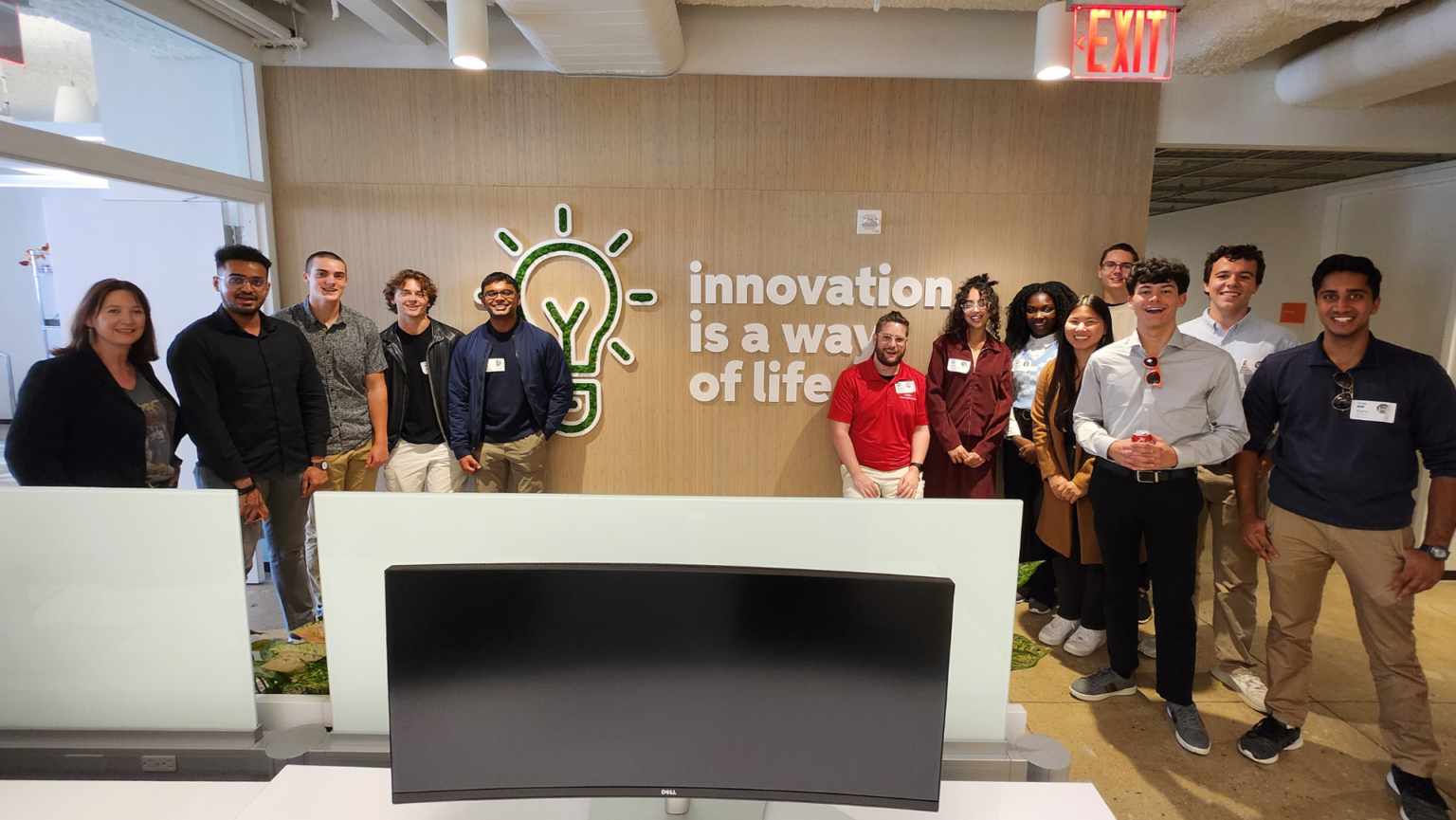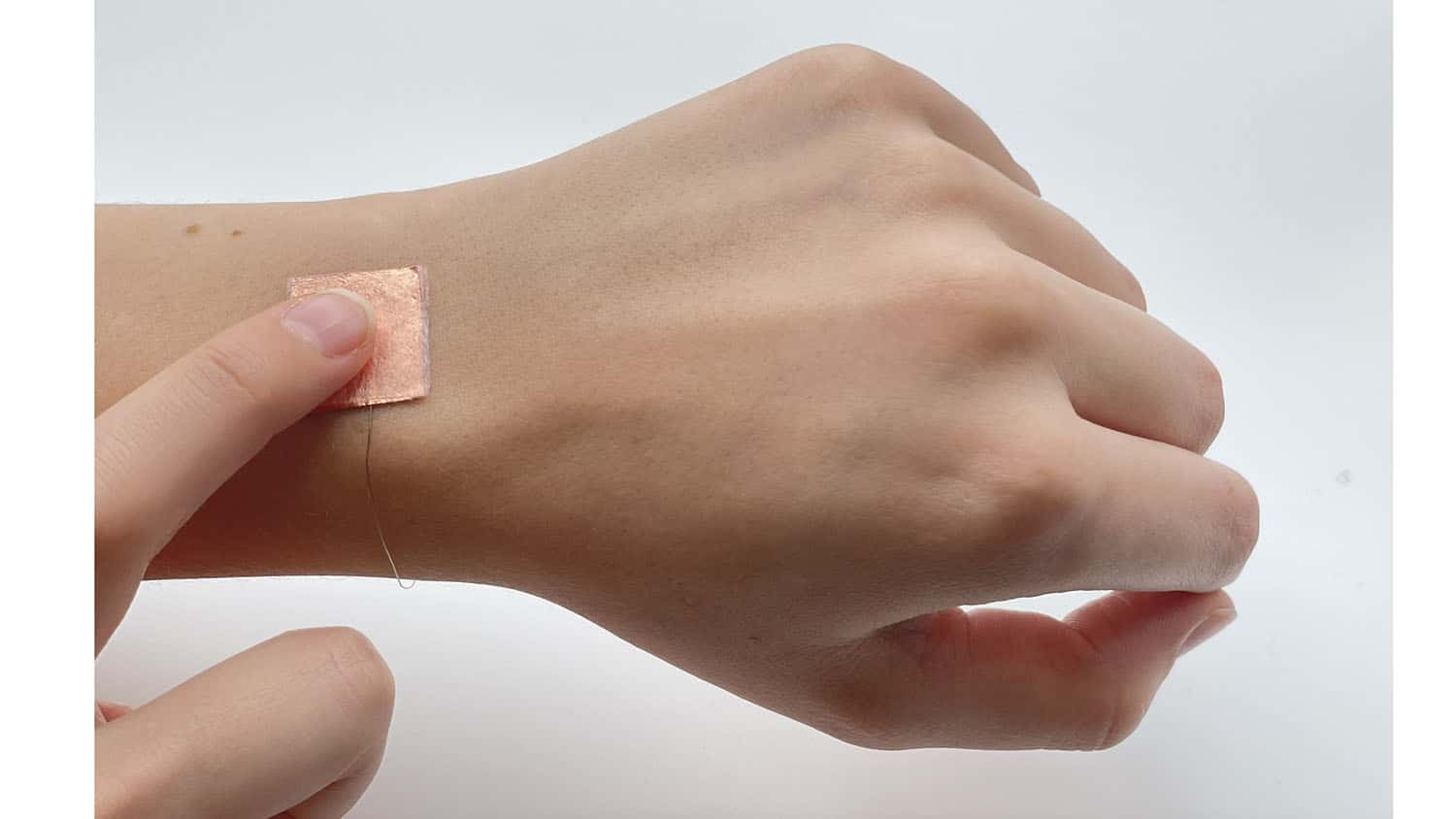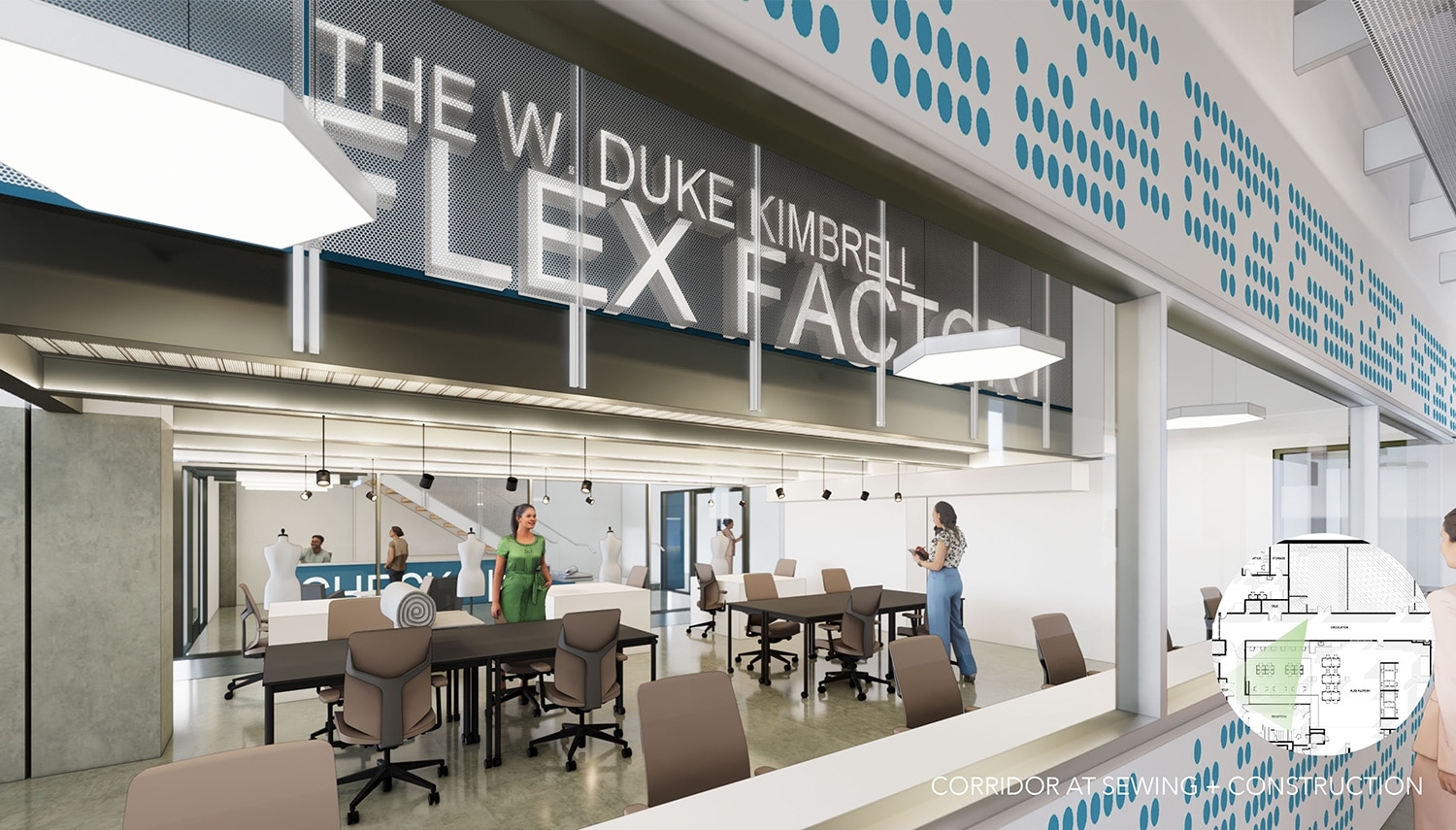A shared experience

A team of undergraduate students and North Carolina educators came together for six weeks on NC State’s campus this summer to form a research team.
Their subject? Rats. Specifically, rats with injuries to the brachial plexus, a network of nerves extending from the cervical spinal cord to the shoulder. By studying those rats and how they grow and move after injury, they hoped to draw conclusions about how similar injuries in infants affect their bone and muscle growth and overall shoulder function.
Their larger goal, though, is to help enhance how engineering and computer science is taught across the nation, from middle school classrooms to university laboratories, as part of a program sponsored by the National Science Foundation (NSF).
The Research Experiences for Teachers (RET) in Engineering and Computer Science program awarded the College of Engineering at NC State with a research site in order to strengthen STEM subject knowledge curriculum at all levels of the educational system and increase awareness of the Grand Challenges for Engineering in the 21st century identified by the National Academy of Engineering.
Multidisciplinary teams that include a K-12 teacher, a STEM-field community college professor and undergraduate students in engineering and education, are assigned to one of four engineering or computer science faculty members’ laboratories at UNC Charlotte and NC State.
They work as paid employees for the faculty members, seeing firsthand how engineering and computer science research is done in the lab and gaining knowledge they can take back to their classrooms to enhance STEM education. For the engineering students, the program offers a great opportunity for undergraduate research.
“They actually get into real research pretty fast,” said Dr. Katherine Saul, an associate professor in the Department of Mechanical and Aerospace Engineering at NC State. Saul is one of four faculty members, three from the College of Engineering at NC State and one from the William States Lee College of Engineering at UNC Charlotte, who worked with an RET team over the summer as part of the program.
At the same time, the teams develop curriculum plans that can be used in K-12 and community college classrooms. Along with implementing the plans in those team members’ classrooms, teachers also share the plans through TeachEngineering, a peer-reviewed digital library collection with standards-based engineering curricula for use by educators.
In the Lab
Lauren Boop is branching out this year.
Trained as a history teacher, Boop also has a love for engineering. This fall, she will combine her passion for history, engineering and science into two courses at STEM-focused Hilburn Academy in Raleigh. In her sixth-grade class, students will examine how the Mayans created a calendar, the methods the Romans used to engineer aqueducts and the origins of gunpowder in China. In her seventh-grade class, students will study biomedical engineering.
The RET program was a natural fit for Boop, who was also part of NC State’s Kenan Fellows STEM-focused teacher leadership program. She was assigned to Saul’s Movement Biomechanics Laboratory on a team that also included Erin Doughney, a biology instructor at Wake Technical Community College in Raleigh; Emily Keller and Megan Haase, undergraduate students in the UNC / NC State Joint Department of Biomedical Engineering (BME); and Jessie Taylor, an undergraduate student in NC State’s College of Education.
The brachial plexus birth injury that the team studied affects approximately four of every thousand births each year. It occurs when an infant’s shoulders and head become stretched in opposite directions during a difficult delivery.
A rat’s shoulder structure is similar enough to a human’s to make the animal a good comparison subject. The team examined CT scans of rats with brachial plexus injuries to determine differences in bone formation. They watched videos of the animals walking on treadmills to record data on stride length and other measurements.
Keller used a program called OpenSim to develop a model of the shoulder and arm bones based on CT scans. Then muscles were put onto the bones. The model includes markers that link to data compiled by Boop and Taylor to determine how the muscles stretch and what loads are put on each of them. Muscles can also be turned off to mimic the brachial plexus injury to determine how the body reacts.
Doughney also worked in the lab of Dr. Jacqueline Cole, an assistant professor in BME, using a laser to study the length of the sarcomere tissues from injured rats so they could be compared to tissues from healthy rats.
The experience will help inform how Boop, Doughney and, later, Taylor teach STEM subjects in the classroom. For Haase and Keller, it’s valuable early experience working in an engineering lab.
“It’s not always lab coats, goggles and chemicals,” Haase said of the hours spent recording measurements in the lab.
“It’s a whole lot of data,” Doughney added.
As Boop worked on the curriculum plan that she will use with her 7th graders, Keller mentioned an idea for a lesson on prosthetic hands she saw on Instagram, the photo-sharing social media app. The team worked together to create movable hands using cardboard, drinking straws and string. Boop’s students will do the same thing as part of a seventh-grade lesson on human body systems.
Doughney, who teaches biology for students who aren’t majoring in biology, is translating the research into a lesson plan that will touch on how nerve cells interact with muscle cells and what happens when a damaged nerve no longer works. She will have her students come up with ideas for a treatment plan.
Making a Match
Saul is in her third year working with RET and says she thinks that her field of biomechanics, which applies mechanical principles to the human body in order to understand movement and the structure and function of different tissues, is very accessible and translates well to young students. She also enjoys outreach.
Along with the brachial plexus injury work, Saul has had previous RET teams study and take measurements from the wrists and arms of a high-speed guitarist to gain insight into how the muscles work.
Other faculty members involved in RET are Dr. Tiffany Barnes, professor in the Department of Computer Science, and Dr. Brendan O’Connor, associate professor in the Department of Mechanical and Aerospace Engineering, both from NC State; and Dr. Chris Vermillion, formerly an assistant professor in the Department of Mechanical Engineering and Engineering Science at UNC Charlotte and now a new faculty member in the College of Engineering at NC State.
This summer, O’Connor’s RET team worked on selecting optimal light wavelengths for hydroponic plant growth, Vermillion’s students studied how energy can be drawn from wind and tides and Barnes’ team examined personalized learning and how students use online learning tools.
Along with their work in the lab and developing curriculum plans, the participants attend brown bag lunch presentations on topics in STEM education. Some teams have also gone on industry visits; Durham LED-light manufacturer Cree, Inc. and heavy equipment maker Caterpillar are two companies that have participated.
At the end of the six weeks on campus, the four teams presented during a research symposium in the James B. Hunt Jr. Library on Centennial Campus.
The program has been successful in recruiting North Carolina educators. Many are from schools that are already placing an emphasis on STEM education, said Dr. Amber Kendall, coordinator of STEM partnership development in the College and director of the RET program.
RET tries to match educators with a research area that lends itself well to what they are doing with students.
“So, some piece of what they experienced doing engineering research will be taken back to their classroom,” Kendall said.
NC State’s site is in the third year of a three-year RET program and there are plans to apply for another three-year grant from NSF.
Thanks to funding from NSF, the College will host a first-ever conference in October that will bring together participants from other RET sites around the country to share their experiences and build an action plan to make the program even better
Return to contents or download the Fall/Winter 2018 NC State Engineering magazine (PDF, 3MB).
Magazine Archives
- Categories:


